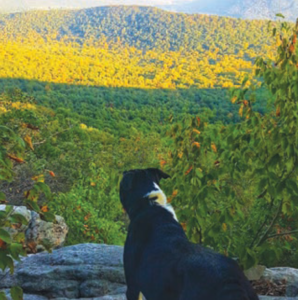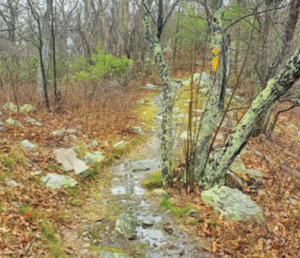Have you ever wanted to go hiking but lacked a hiking buddy? Never fear – solo hiking is here to let you enjoy your favorite trails alone. Pros of hiking solo are not having to plan around someone else’s schedule, hiking at your own pace, and being able to experience solitude in its highest form. Cons of hiking alone are that it’s kinda scary being in the woods by yourself and if a bear crosses paths with you, the idea that you “just need to be faster than the guy next to you,” is not an option.

So how does one go about working up the courage to hike alone? Start with short trails you’re already familiar with. This can be a great way to get comfortable being alone in the middle of the woods, and you can eventually work up to longer trails and trails you’ve never been on before. Plus, you’ll minimize the risk of getting lost or disoriented by hiking a trail you’ve done already.

Check the weather. The sky can go from blue and sunny, to gray and moody in a couple of hours. I’ve hiked Tibbet Knob four times and twice I’ve been caught in a deluge of rain, thunder, and lightning. Once you’re ready to hit the trail, always let someone know where you’re going and what time you’ll be home. Cell service isn’t great on most trails in the Shenandoah Valley, if it exists at all so you’ll want someone to know when you plan on returning home. Stay on the trail. I love finding cool, off-route spots most people don’t know about because frankly I hike to avoid others. That said, your first hike on your own is not the best time to go bush-whacking with nothing but your phone guiding you to your destination.

Most importantly, relax and have fun. Hiking is a great opportunity to step away from the hustle and noise of everyday life and appreciate God’s creation.
Happy hiking!





























